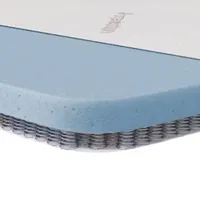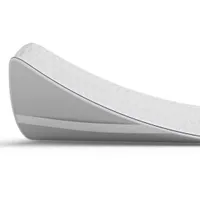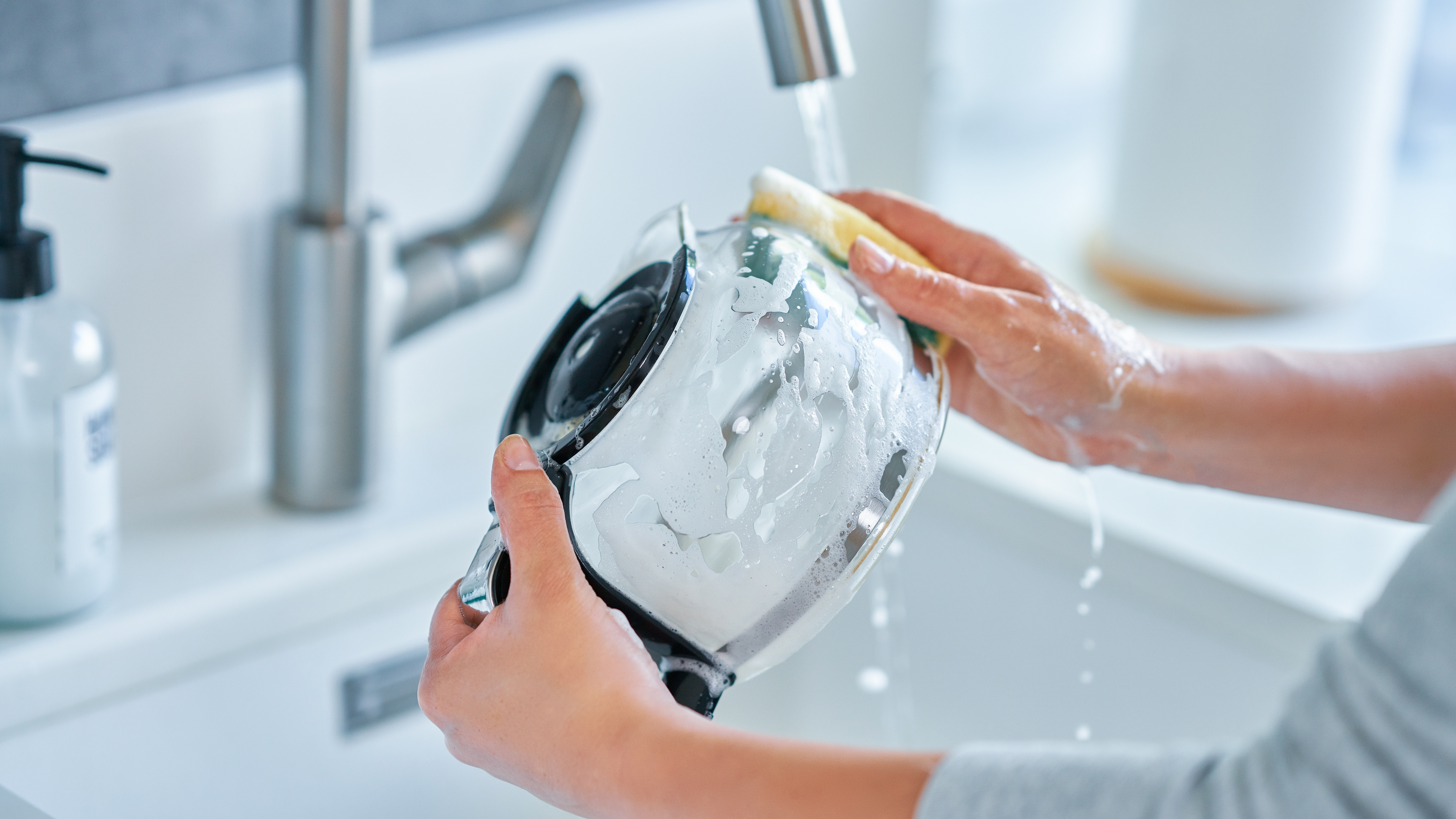What are microcoils and why are they suddenly in every mattress topper?
Microcoils are increasingly being used in mattress toppers, but why are they so popular?
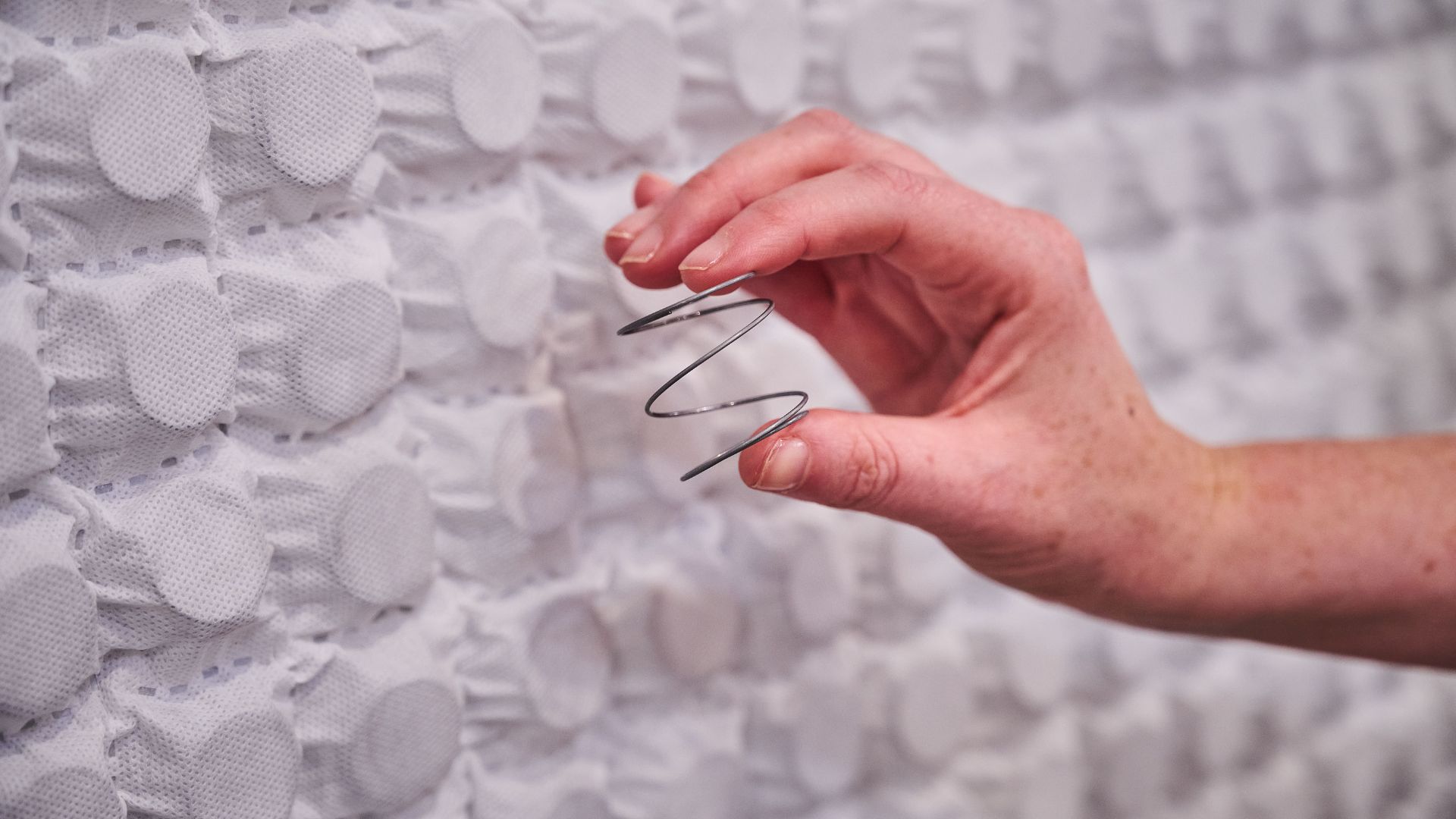
While mattress toppers typically consist of a single layer of foam, we're now seeing plenty of innovations being made to these bed boosters — from pillow-top designs to high-tech cooling covers.
And now there's new material that's recently taken the mattress topper by storm: the microcoil.
You can find microcoils in toppers from some of the most popular sleep brands in the US, Saatva and Helix included, and they're all vying for a place in our guide to 2025's best mattress toppers.
But what are microcoils and why are they appearing in so many mattress toppers (and even in some of this year's top mattresses) these days?
Here, we'll take a look at these innovative components, their pros and cons, and where you can buy a bed topper or mattress that uses microcoils in this month's mattress sales.
What are microcoils?

Microcoils are small coils typically made from steel. They are like regular mattress coils, only shorter and typically used in mattress toppers, which are much thinner than mattresses and need smaller components.
While mattress coils are around six inches tall on average, microcoils are usually around one inch (or even less) in height. Mattress toppers that use microcoils typically have two or three layers, and they use the tier of microcoils as a middle layer in triple-layered toppers or as a base layer in dual-layered toppers.
Get instant access to breaking news, the hottest reviews, great deals and helpful tips.
Why are microcoils used in mattress toppers?

Mattress coils in general have a lot of benefits. Their open design enables airflow for breathable comfort, while their durable steel build provides zoned support.
However, as they're usually six inches or more in height, coils haven't always been used in bed toppers as these mattress enhancers are thin (usually around two to four inches) so aren't tall enough to contain full size coils.
And that's where microcoils come in, to bring the benefits of coils without the height and finally allowing mattress toppers to utilize the humble coil's supportive pressure relief.
Are microcoils used in mattresses?
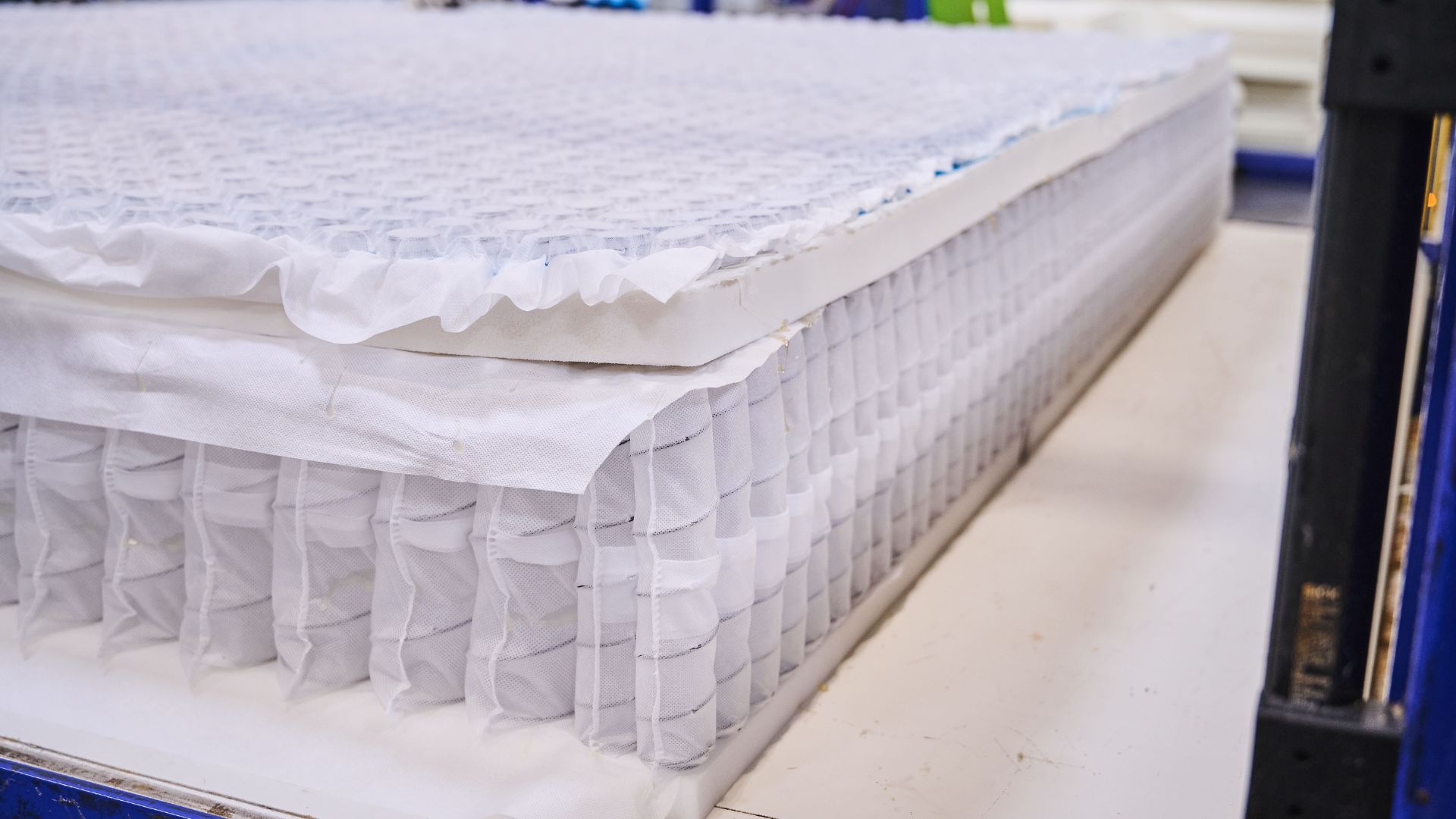
While microcoils are mostly used in bed toppers due to their small height, they can also be used in mattresses in conjunction with larger coils. The addition of a microcoil layer can enhance both the comfort and support you'll get from a top-quality hybrid mattress.
For instance, the Saatva RX mattress (which is currently #1 in our best mattress for back pain guide) uses a one-inch microcoil layer for flexibility and enhanced back support.
Where can you buy a microcoil mattress topper?
Microcoil mattress toppers are available at many top mattress brands. They're particularly prominent at 3Z Brands (parent company of Helix, Nolah, and Brooklyn Bedding), which manufactures its own microcoils at its factory in Arizona.
Saatva also utilizes the benefits of the microcoil, with its Micro-Coil Mattress Topper featuring a one-inch recycled steel microcoil layer.
Saatva Micro-Coil Mattress Topper: twin $215 at Saatva
The Saatva Micro-Coil Mattress Topper uses a one-inch tier of microcoils as a supportive base layer, topped by gel-infused comfort foam and an organic cotton cover. There's never a discount on this mattress topper (a queen is always $295) but you'll still get free shipping, a 1-year warranty, and a generous 180-night sleep trial.
Helix Premium Mattress Topper with GlacioTex:
twin was $373.33 now $272.54 with code TOMS27 at Helix
We recently tried this cooling mattress topper in our Helix GlacioTex Premium Mattress Topper review, and we found its 3.75-inch thickness really added a comfort boost to even the most worn-out mattresses. We tried the Luxury Firm (it's also available in Luxury Plush) and found that even this firmer version provided plush relief to our pressure points. Use code TOMS27 to get 27% off, taking a queen down from $498.66 to $364.03.
The pros and cons of microcoils
Before shopping for a microcoil mattress topper, it's good to acknowledge both the pros and cons first. Weighing their benefits and drawbacks will help you to know how to choose the right mattress topper for your budget, sleep position, and body type, so here's a breakdown...
What are the benefits of microcoils?

Minimal height isn't the only unique selling point that microcoils have. They're also more flexible and responsive than traditional mattress coils, which is why they're also used in mattresses as well as bed toppers. Like most coils, they can boost air circulation for a cooler sleep and are often used in toppers that are billed as cooling.
They also function as a transition layer between comfort and support layers, and can also provide zoned support (this means that it provides extra support in regions that need it, such as the lower back, to prevent aches and pains) and body-cradling comfort.
What are the drawbacks of microcoils?
A microcoils are a recent, premium innovation in the world of mattress toppers, they're mainly found in mattress toppers with a luxury price tag. That means microcoil mattress toppers are generally more expensive than toppers with more traditional fills such as memory foam or latex.
Plus, as with all coils, microcoils are not immune to deterioration from everyday wear and tear, which can cause creaking and shorten the mattress topper's lifespan.

Frances Daniels is a PPA-accredited journalist and Sleep Staff Writer at Tom's Guide with an MA in Magazine Journalism from Cardiff University. Her role includes covering mattress and sleep news and writing sleep product reviews and buyer's guides, including our Best Hybrid Mattress 2025 guide. She is interested in the relationship between sleep and health, interviewing an array of experts to create in-depth articles about topics such as nutrition, sleep disorders, sleep hygiene, and mattress care. She is also our specialist on mattress toppers — producing bed topper reviews and taking care of our Best Mattress Toppers 2025 guide — and leads content relating to fiberglass-free beds for a non-toxic sleep. Outside of Tom's Guide, she has written for Ideal Home and Marie Claire.
You must confirm your public display name before commenting
Please logout and then login again, you will then be prompted to enter your display name.
